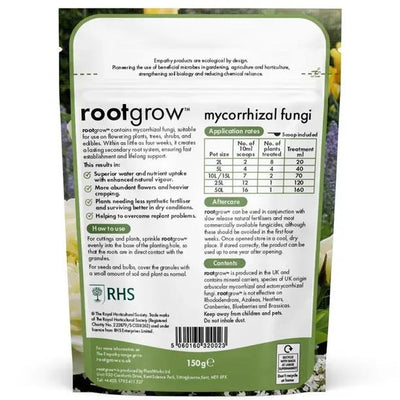Scarlet Willow Sapling Trees
Scarlet Willow, Salix alba Britzensis, also known as Chermesina willow, has waxy yellow, orange and red young stems. This tree thrives on wet soil and sunny sites. It's usually coppiced into a large shrub or pollarded to maintain a constant display of bright young shoots. plants / bushes/ shrubs / saplings / whips: what it's recommended for, what it'll tolerate and its growth habit.
Scarlet Willow isn't suitable for a clipped hedge.
It can be grown as a screening tree up to about 20 metres high.
The plants on this page are young saplings. You can also buy larger Scarlet Willow trees here.
View our selection of willow hedging or see our full range of hedging plants.
Scarlet Willow plants are only delivered bareroot, during winter (Nov-March).
Choosing a size:
When you are ordering a large quantity of Scarlet Willow for a big planting project, we suggest that you buy smaller plants. They're cheaper than large plants, easier to handle and more likely to cope well with poor conditions.
All of our young trees and shrubs are measured by their height in centimetres above the ground (the roots aren't measured).
General description of Salix alba Chermesina plants:
Common Names: Red Willow, Scarlet Willow, Coral Bark Willow
Botanical Names: Salix alba Britzensis, Salix alba Chermesina
Willows produce pollen rich catkins fairly early in the spring, which is good for bees. Female trees will release lots of little seeds, carried on the wind by wispy beards of fluff, but these won't germinate unless they fall on wet soil.
Scarlet Willow is almost always grown as a coppiced shrub or pollarded at a manageable height. This will keep it producing new stems with the superb orange-red bark, which fades in its second year and disappears in the third. Pruning it every other year will keep it looking great.
History & Trivia
This tree is a variety White Willow, Salix alba, which is native in Britain. It was raised in Britz, Germany. It has won the RHS Award of Garden Merit for being a beautiful plant that is easy to grow.

 Secure, One-Tap Checkout
Secure, One-Tap Checkout
 Hand Picked, Delivered to Your Door!
Hand Picked, Delivered to Your Door! 1 Year Bareroot Guarantee
1 Year Bareroot Guarantee











